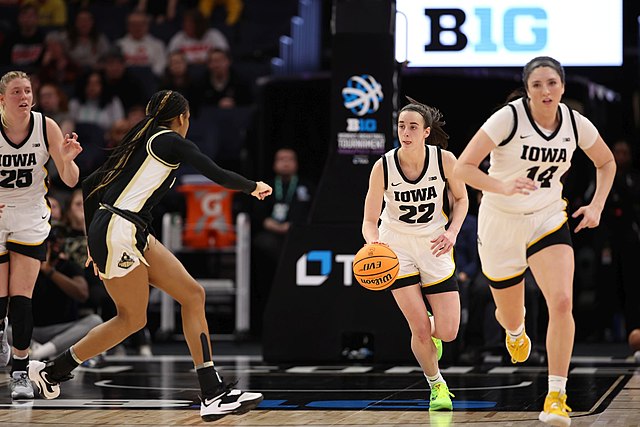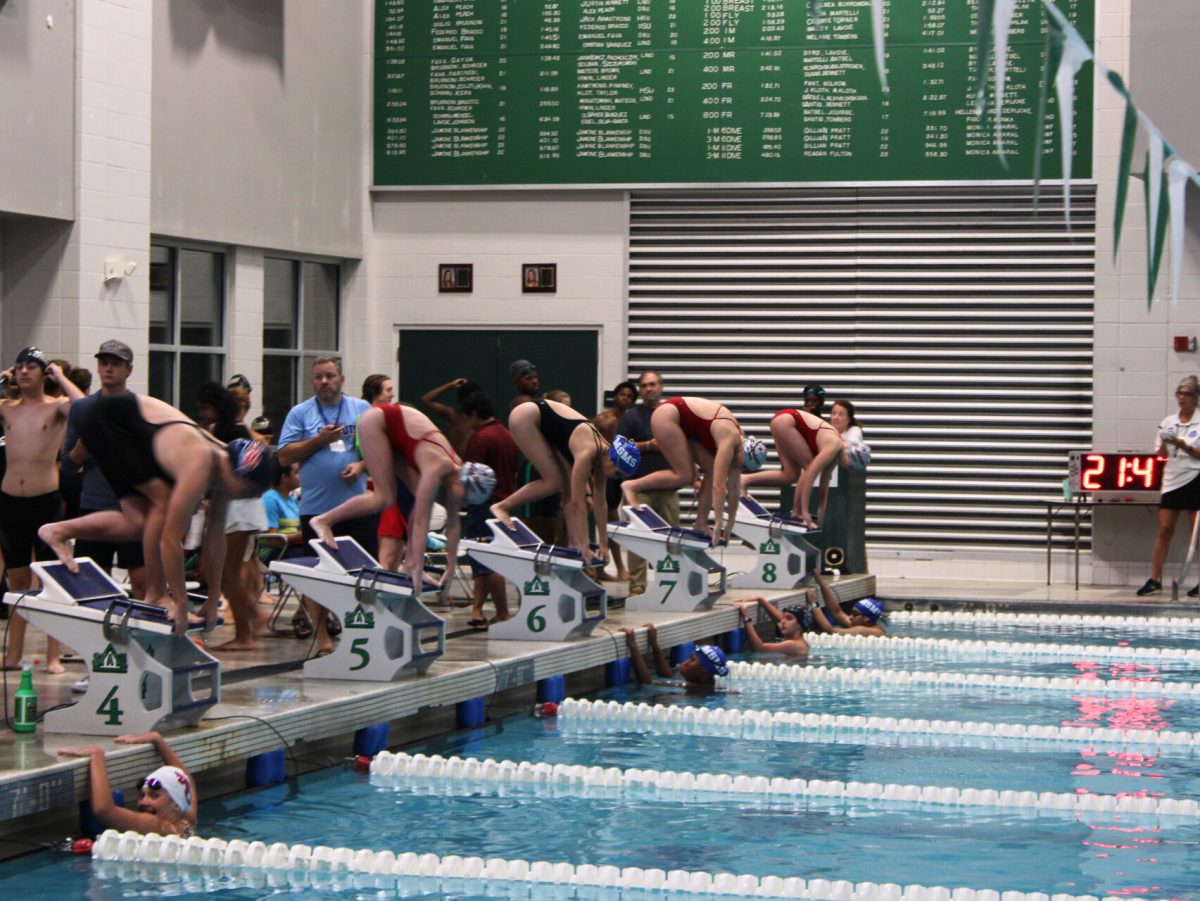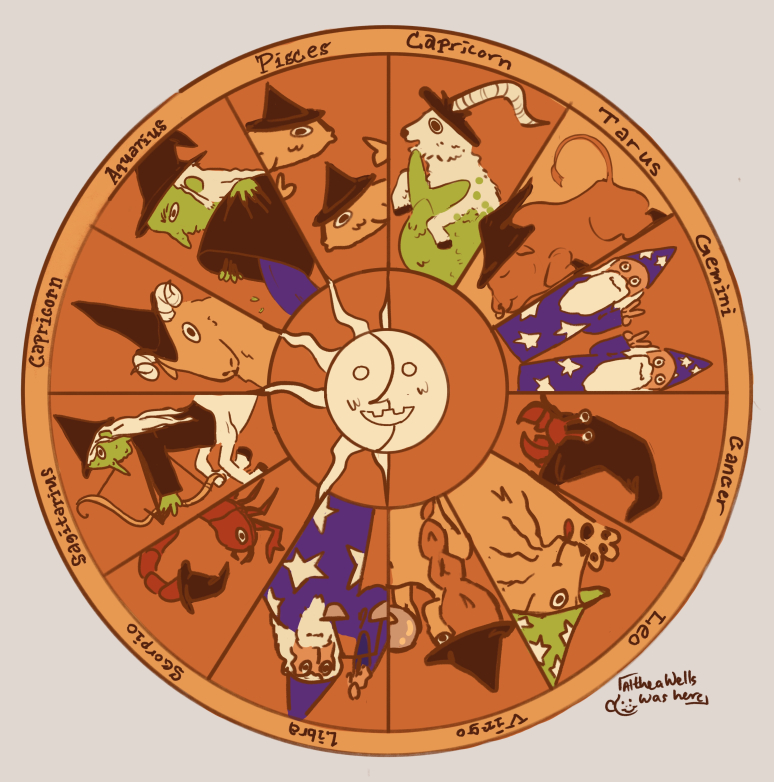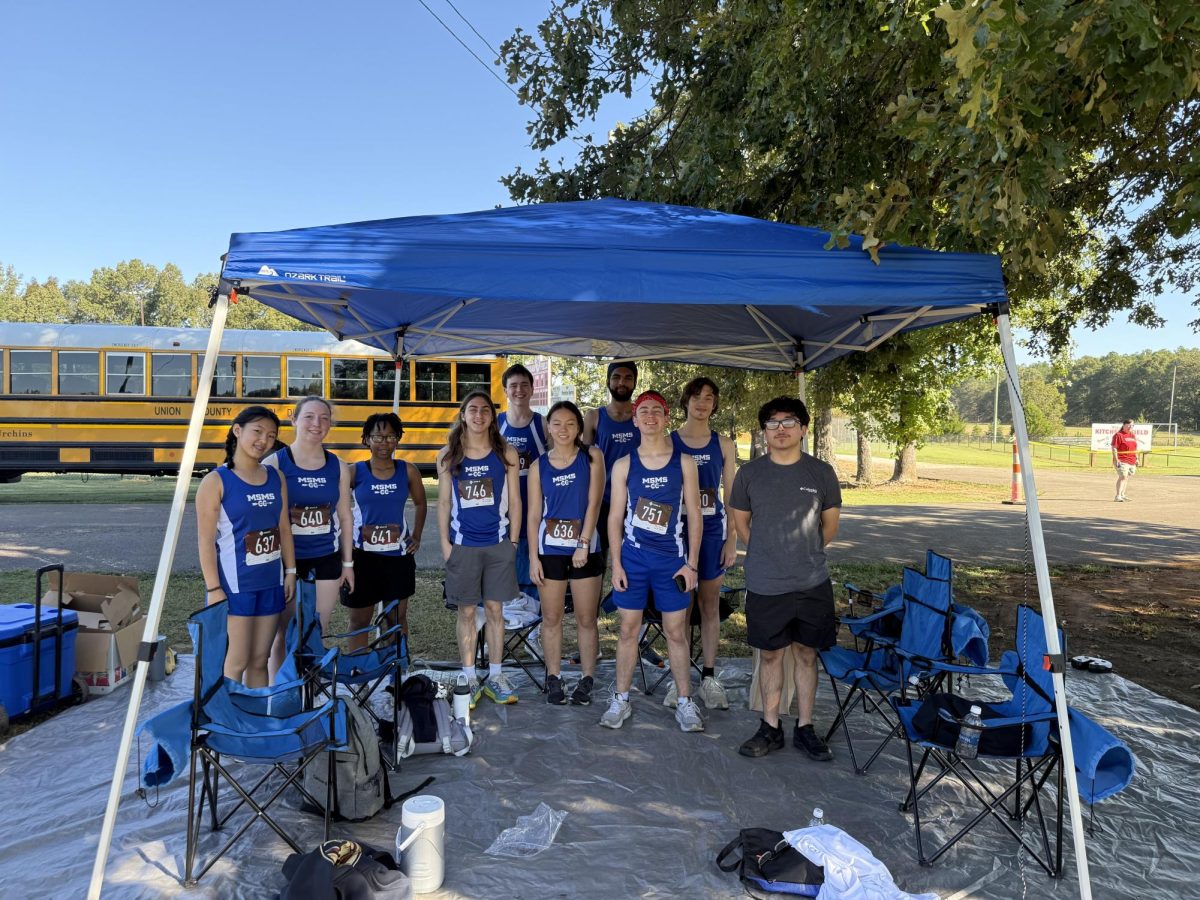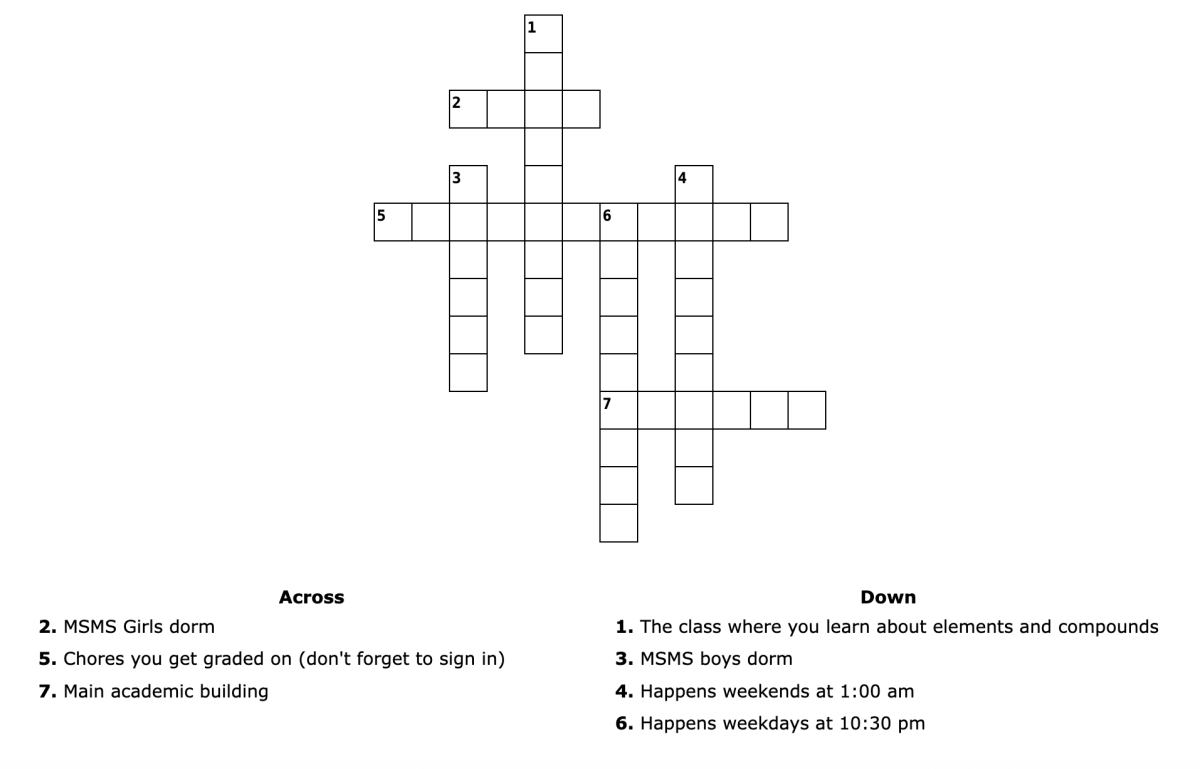The 2023-2024 basketball season for the NCAA and the WNBA broke all-time records and shattered every viewership and attendance metric.
For instance, this year’s March Madness tournament for women’s college basketball averaged 18.7 million views. This explosion in viewership brings up the question of what has drawn all this attention to the women’s game.
Much of this success can be attributed to collegiate stars Caitlyn Clark, Angel Reese and other members of the historic 2024 WNBA draft class. Clark and Reese have brought much-needed skill, drama and, most importantly, name recognition to the women’s league — all qualities that help make the NBA so dominant in our culture.
The Iowa Hawkeyes women’s basketball team and Clark have been some of the most important reasons for this skyrocketing growth. With Clark breaking the scoring record for all of college basketball, regardless of gender — this is just one of her many impressive achievements in the sport — it is more so about the steps that got her there that brought all the attention to women’s basketball.
A major factor separating Clark from the rest of the NCAA is how she formed a brand and personality around herself. Other players often lack this iconic branding, even though it has become more popular recently, with many of the top WNBA players beginning to sign exclusive shoe deals with brands including Nike. Clark’s willingness to lean into narratives involving Angel Reese and the Louisiana State University team, breaking records and defending her skill or even appearing in ads has been a major factor in women’s basketball viewership growth.
In the last few years of women’s basketball, players and fans have found many perspectives within major NCAA teams. The gritty LSU team won the NCAA Women’s Basketball Championship last year over Iowa, leading to a dramatic rivalry that culminated in Iowa’s revenge this year. There was also a broader discussion on personal issues, including the rise of blatant racism toward diverse teams like LSU and the University of Southern California. As a result, audiences were able to connect and identify with more players.
The emergence of the all-time great 2024 WNBA draft class has also contributed to the recent growth in popularity of women’s basketball. Players, including Reese and Paige Bueckers, leaning into the archetypes of the media has allowed fans to understand and talk about the drama. The drama and players’ daily lives and interactions with the media are a large part of the attention in any sport, as nearly every major league draws in millions of views from just interviews and mic’d up players. If both the WNBA and NCAA continue to cultivate this, fans will continue to feel connected to the teams and players they are watching.
To continue this trajectory, the NCAA and WNBA should find players they can turn into household names. Without people talking about Clark, Reese and Bueckers, this growth would never have happened.
The league also owes it to these people to continue the growth these players have allowed them to make. If the leagues don’t capitalize on this opportunity, all their hard work will be for nothing.


